

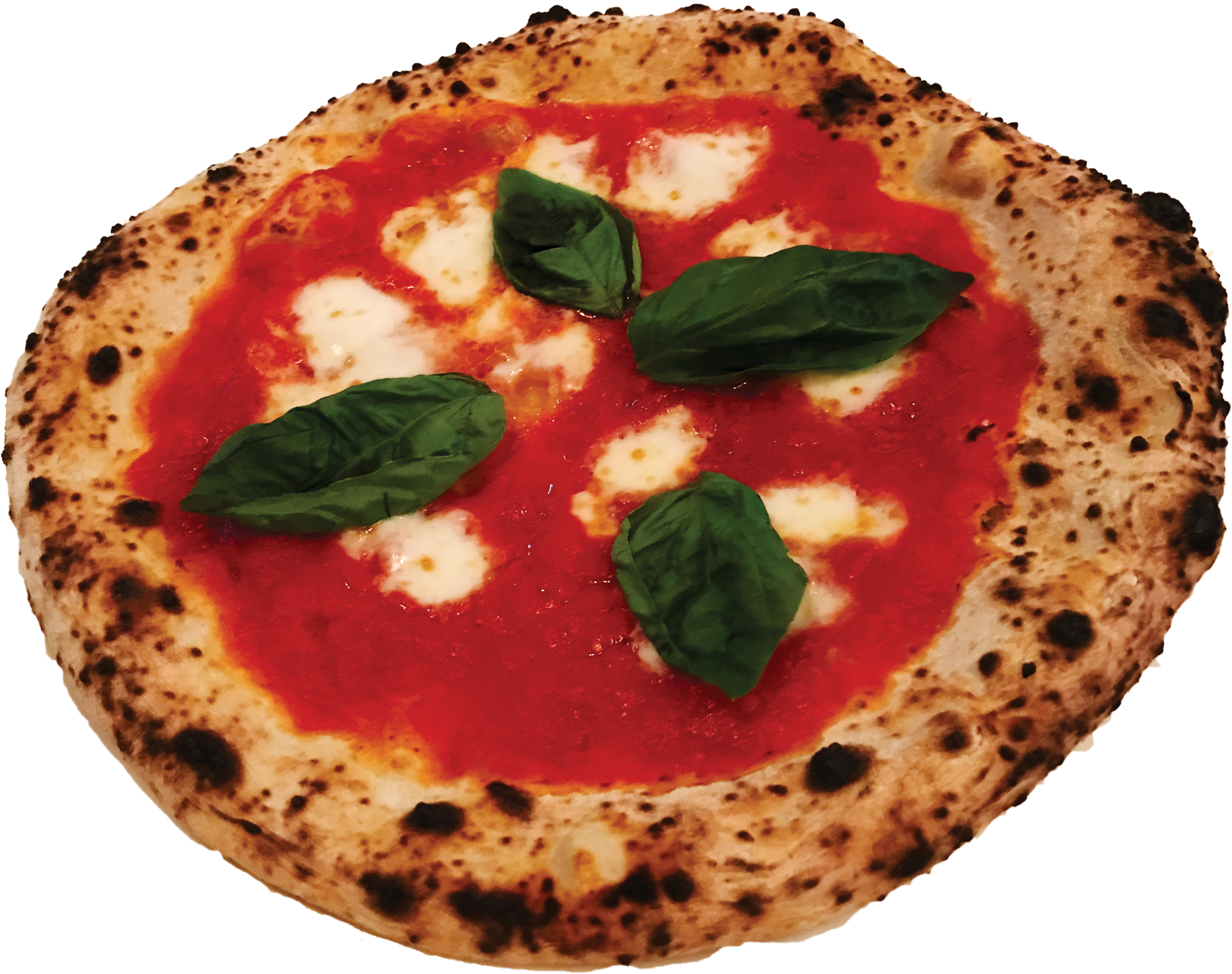
There’s something natural, basic and primal about fire. Before we had sous-vide machines, microwaves and electrically heated coils, we had fire. And we liked it. It was real.
But what the hell am I doing playing with fire?
I like it.
It’s real.
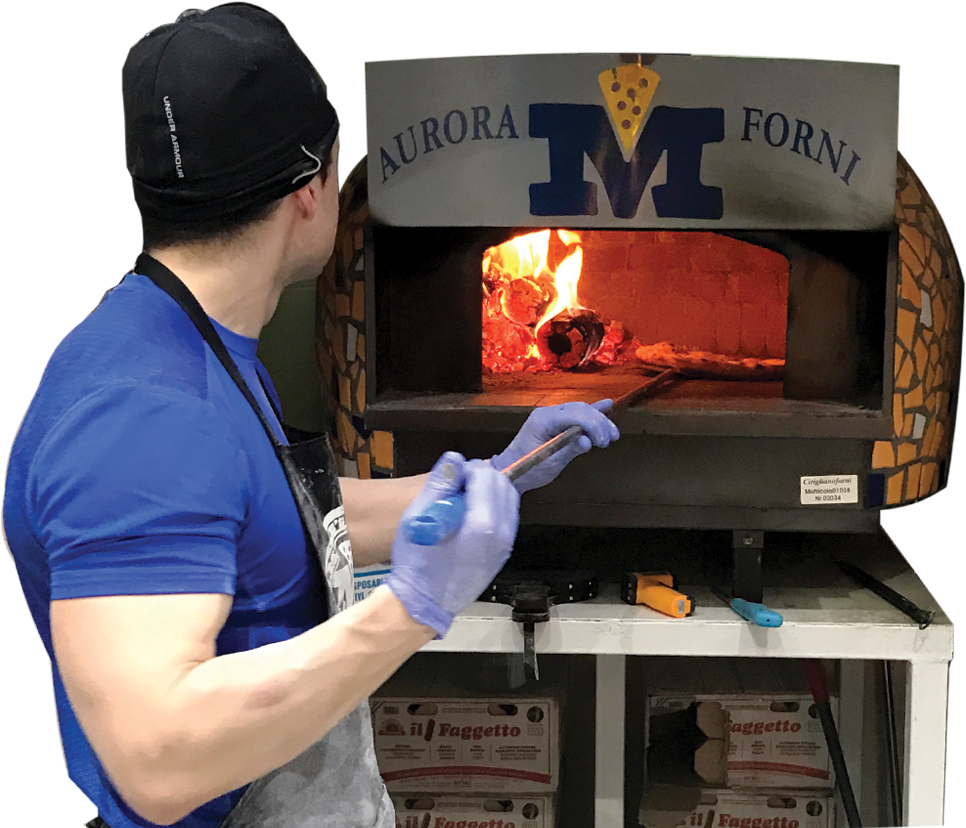
Wood-fired pizza is extreme. It pushes limits like few other forms of cooking can. Your margin of error is a mere second for a pizza to go from a perfectly desirable char to an inedible disk of carbon. A bit of spilled oil can instantly turn your pie into an incinerating ball of flame. (True story.)
Still, it’s not just the fire, it’s the pizza itself that is driving me. The pizza of Napoli is so different from any of the other pizza styles I’ve learned before. It’s pure. The origin. That’s what I’m looking for…the idea of what pizza was 220 years ago.
And I’m looking for purity in each ingredient.
I start with the wood of Naples, beech from the Campania region. Not only is this the same wood that burns in virtually every wood-fired hearth in Napoli, but because it is compressed, it emits 95% less smoke than most wood-fired ovens and is the best choice for our Chengdu air.
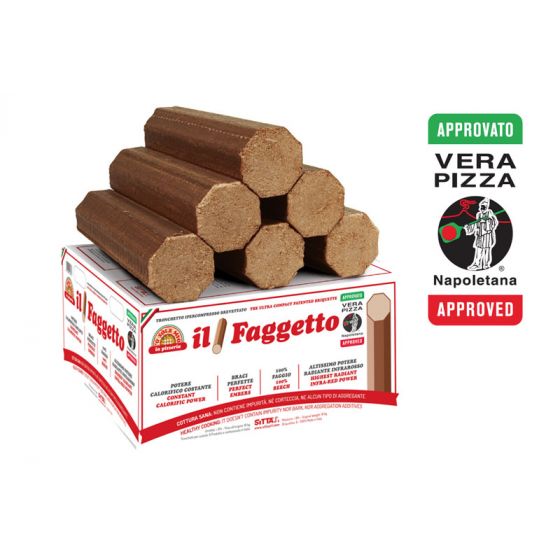
The flour is “Le 5 Stagioni” Pizza Napoletana Type 00. It is light and elastic. It produces a soft and chewy crust, and cooks perfectly in 90 seconds.

Next to the flour, the second most abundant ingredient in dough is water. Naturally, since I’m looking for an authentic Italian taste, I’m using authentic Italian water in my pizza dough. Taste it, the Aqua Panna is clean and smooth; plus, the mineral content lends an extra bit of structure to the dough.
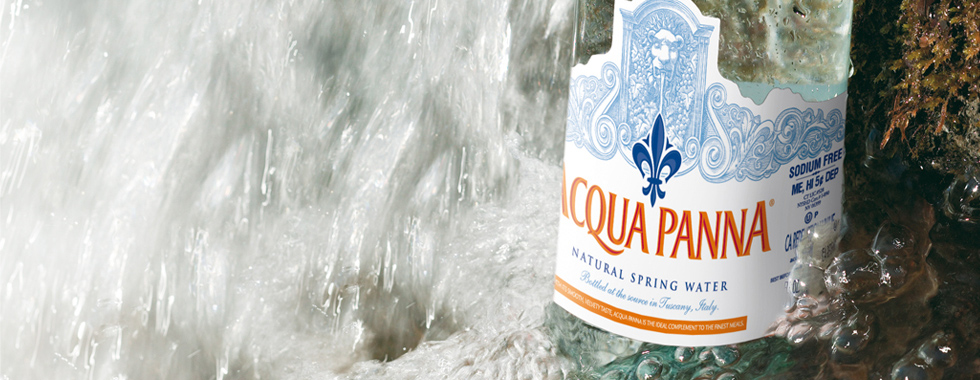
I didn’t stop there. The salt needs to be Italian sea salt from the Mediterranean, the same salt that has been flavoring and structuring Pizza Napoletana for over 200 years. I hand mix every batch of dough for the wood-fired oven to make sure I’m getting the right texture…there are still some things you can only do by feel. It feels good…actually, it feels sexy. A super smooth and sexy ball of promise.


And don’t get me started on the tomatoes. The truth is, this whole quest started with the tomatoes. Aficionados of Mike’s Pizza might have noticed when I switched my tomatoes to San Marzano tomatoes from Campania a few years ago. It happened when we were at Hotelex in Shanghai looking at ovens. There happened to be a booth for pizza related products and they had a dish with some chopped up tomatoes for sampling. The tomatoes were excellent. They were bright, sweet, not too acidic. These were the tomatoes that made the invention of pizza possible. I knew I had to have them. They were the best tomatoes I have ever tasted in China.
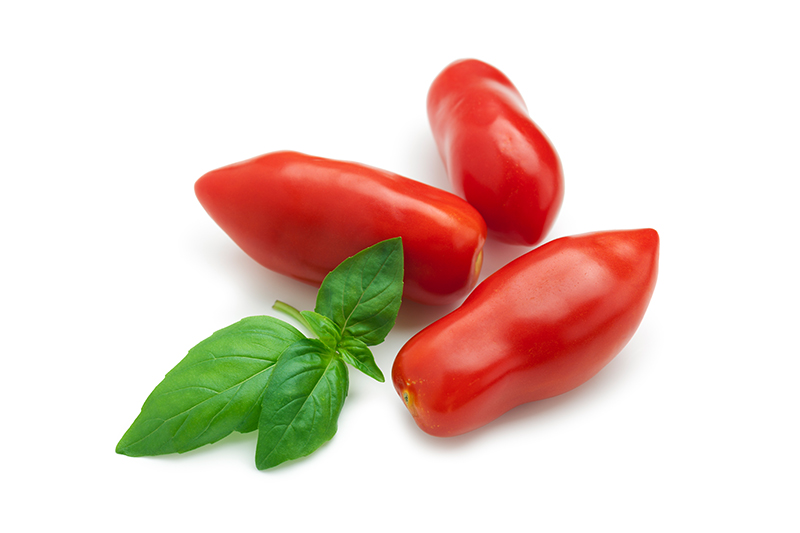
It was actually the beginning of a beautiful relationship. The same company imports ovens…hand made in Napoli…I did mention that, didn’t I? I probably should have started with the oven. Hand-made by 3rd generation oven makers in Napoli, it handles temperatures well above 550 Celsius or 1022 Farenheit. (That’s as high as my laser thermometer measures. When it quits, that’s when I start cooking.)

Even with all this, the oven, wood, flour, water, salt, tomatoes…it’s still hard to call it pizza without cheese. Pizza Napoletana needs Mozzarella di Bufala from Campania. It’s the perfect complement to San Marzano Tomatoes and Basil, it melts perfectly in the allotted 90 seconds of extreme heat from a Forni Napoletana, and it has a distinctly rich tang that you won’t find in other cheeses.
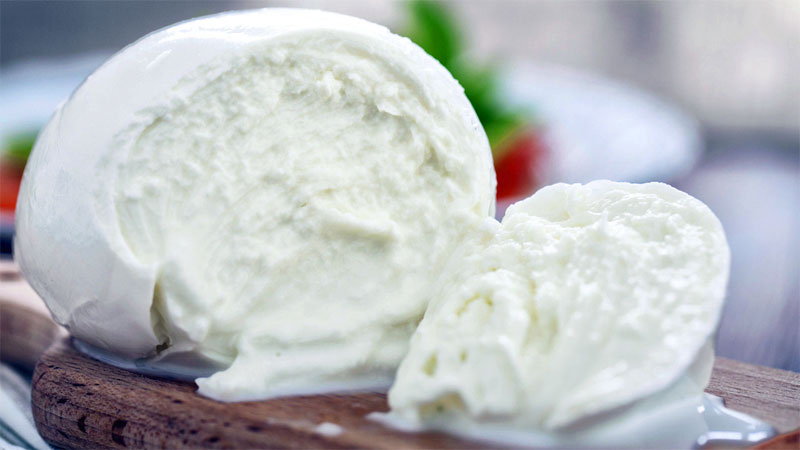
This special combination of oven, wood, fire, flour, water, salt, tomatoes and cheese is what started the phenomenon we know as pizza hundreds of years ago. It’s the origin.
As far as I know, nothing like this exists in Chengdu and I am supremely grateful to have had the opportunity to be the one to bring Pizza Napoletana to our city. I change the menu weekly according to what is in season so there is always something new and interesting to try.
